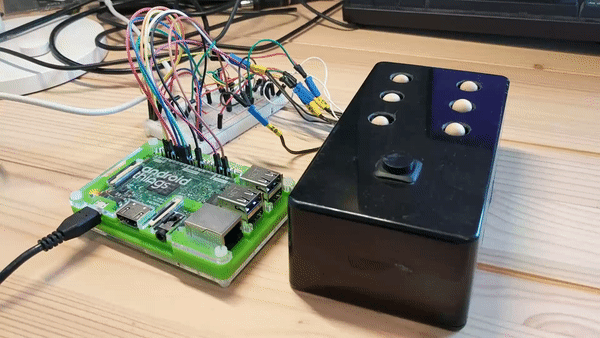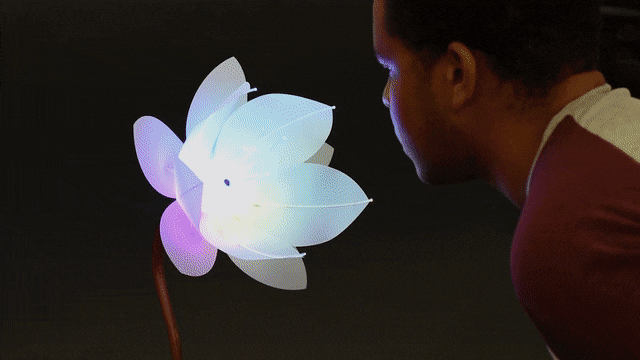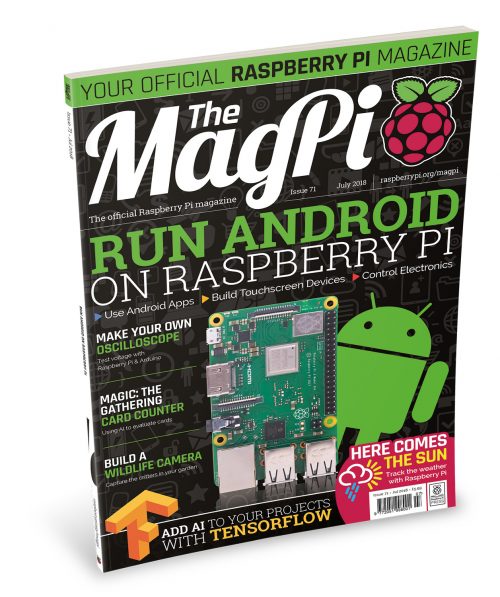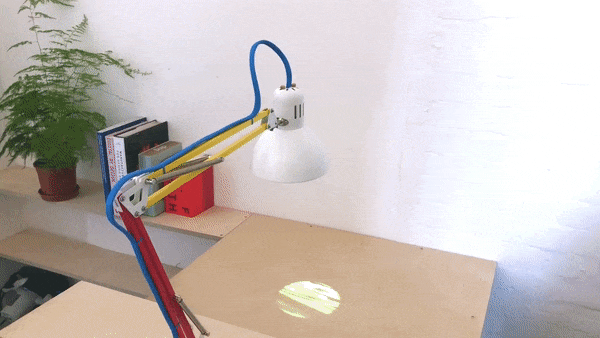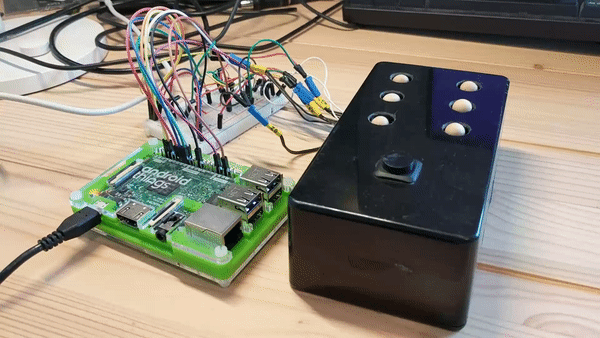Schlagwort: Android Things
-

A smart guitar for blind, deaf, and mute people
Reading Time: 2 minutesChordAssist aims to bring the joy of learning the guitar to those who otherwise may have problems with accessing guitar tutorials. Offering advice in Braille, in speech, and on-screen, ChordAssist has been built specifically for deaf, blind, and mute people. Creator Joe Birch, who also built the BrailleBox device, used Raspberry Pi,…
-

The Android Things flower that smiles with you
Reading Time: 2 minutesSmile, and the world smiles with you — or, in this case, a laser-cut flower running Android Things on a Raspberry Pi does. Expression Flower The aim of the Expression Flower is to “challenge the perception of what robotics can be while exploring the possibility for a whimsical experience that is engaging, natural,…
-

MagPi 71: Run Android on Raspberry Pi
Reading Time: 3 minutesHey folks, Rob here with good news about the latest edition of The MagPi! Issue 71, out right now, is all about running Android on Raspberry Pi with the help of emteria.OS and Android Things. Android and Raspberry Pi, two great tastes that go great together! Android and Raspberry Pi A big…
-

Augmented-reality projection lamp with Raspberry Pi and Android Things
Reading Time: 3 minutesIf your day has been a little fraught so far, watch this video. It opens with a tableau of methodically laid-out components and then shows them soldered, screwed, and slotted neatly into place. Everything fits perfectly; nothing needs percussive adjustment. Then it shows us glimpses of an AR future just like the…
-

BrailleBox: Android Things Braille news display
Reading Time: 2 minutesJoe Birch has built a simple device that converts online news stories to Braille, inspired by his family’s predisposition to loss of eyesight. He has based his BrailleBox on Android Things, News API, and a Raspberry Pi 3. The background Braille is a symbol system for people with visual impairment which represents…
